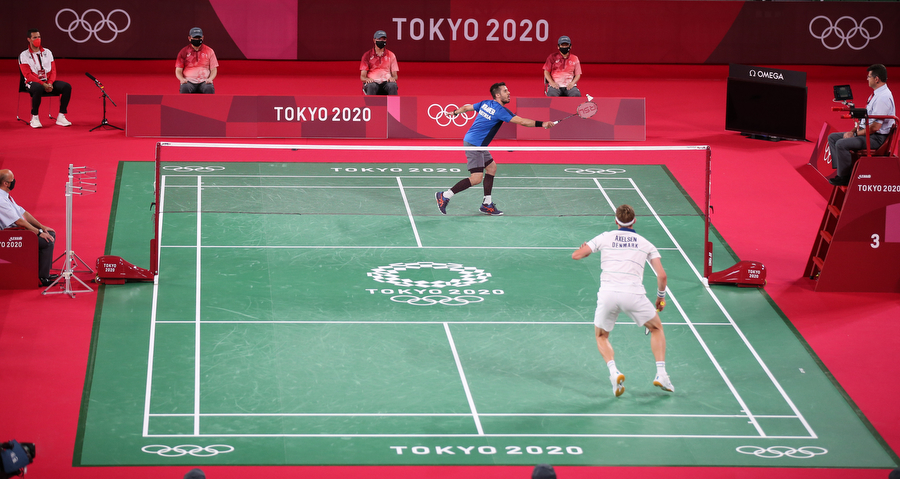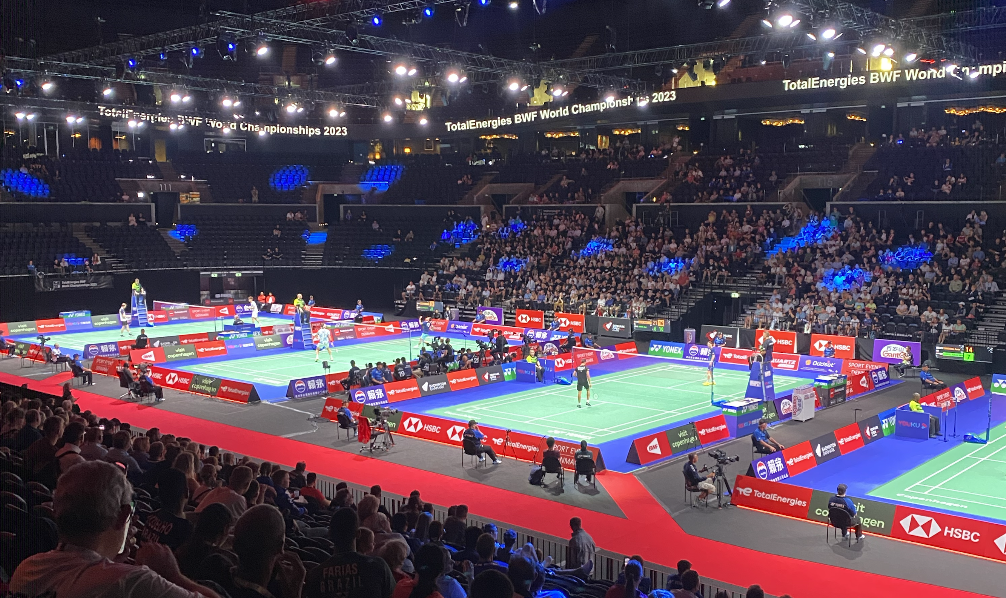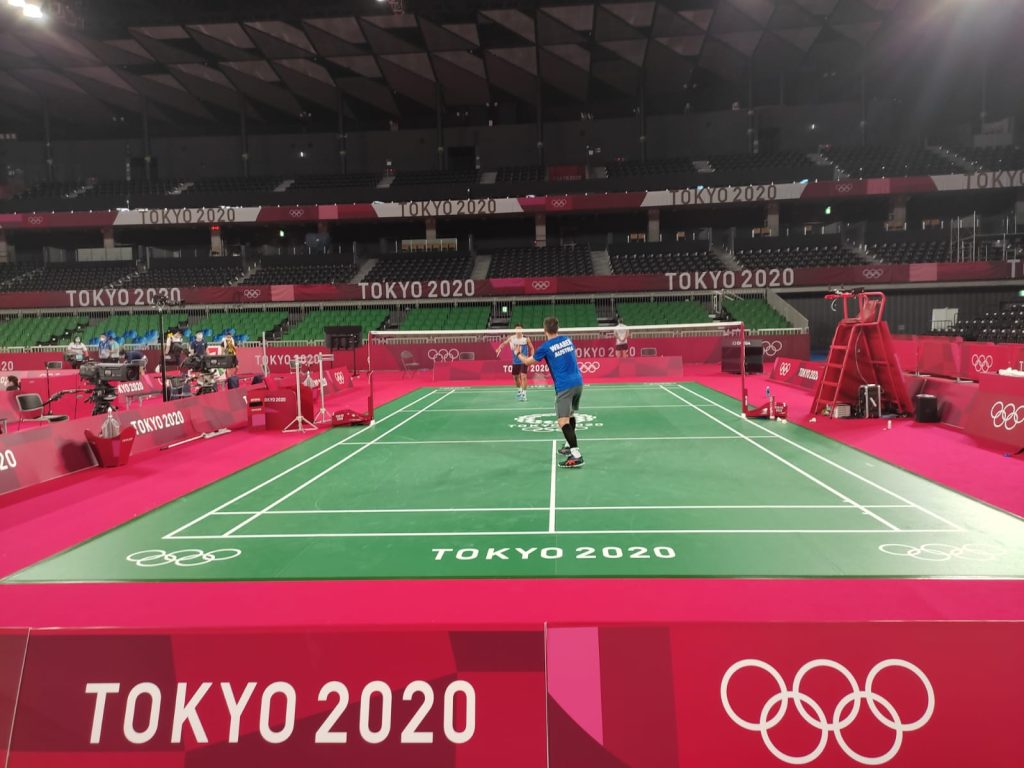Badminton is a sport that has gained immense popularity around the world. With its fast-paced action, strategic gameplay, and incredible athleticism, it has captured the hearts of many sports enthusiasts. Furthermore, there is a rich history filled with legendary badminton players who have left an indelible mark on the sport. It is important to recognize and appreciate these legendary players. Their achievements on court are remarkable and their contributions to the growth and evolution of badminton is unique as well. In this article, we will take a closer look at some of the most iconic players in badminton history.
The Immortal Charm of Lin Dan
One of the most renowned legends in badminton is Lin Dan, also known as „Super Dan“. Lin Dan’s impact on the contemporary badminton scene is undeniable. With two Olympic gold medals and five World Championship titles under his belt, he is widely regarded as one of the greatest badminton players of all time.
What sets Lin Dan apart is not just his impressive record, but also his unique playing style. He had the ability to turn games around with his explosive power, incredible speed, and sheer determination. As a fan, I vividly remember watching him play and witnessing his unmatched skill and charisma on court.
Lin Dan’s Most Notable Achievements
- Olympic Games: gold medals in 2008, 2012
- World Championships: gold medals in 2006, 2007, 2009, 2011 & 2013 and a silver medal in 2017
- Asian Games: gold medals in 2010 & 2014, silver medal in 2006
- Asian Championships: gold medals in 2010, 2011, 2014 & 2015, silver medals in 2001 & 2017 and a bronze medal in 2016
- Super Series, Grand Prix and World Tour Titles: 33
- Weeks as World Nr. 1: 233
The Danish Giant – Viktor Axelsen
Another player who has made a significant impact in recent years is Viktor Axelsen. The strong Dane has displayed exceptional talent and consistency throughout his career. Standing at 1,94m (6’4″), Axelsen possesses a commanding presence on court.
I had the opportunity to witness Axelsen’s skills firsthand when I faced him at the 2020 Olympic Games. Rewatching the match, I couldn’t help but enjoy Viktor’s agility, precision and general physicality. But what made the biggest impression was his espect for his opponent. It was truly a testament to his greatness as a player.
I am curious to see what is next to come in Vikror’s career and how far he will climb the ladder of the most legendary badminton players of all time.
Axelsen’s Most Notable Achievements
- Olympic Games: gold medal in 2020/21, bronze medal in 2016
- World Championships: gold medals in 2017 & 2022 and a bronze medal in 2014
- European Games: gold medal in 2023
- European Championships: gold medals in 2016, 2018 & 2022, silver medal in 2021 and bronze medals in 2012, 2014 & 2017
- BWF World Tour titles: 21*
- Weeks as World Nr. 1: ???

The European Women’s Singles Wonder – Carolina Marin
Carolina Marin is another badminton legend who has left her mark on the sport. Coming from Spain, Marin has been a pioneer in European women’s badminton. Her intense and powerful approach to the game has earned her numerous titles, including Olympic gold and multiple World Championship wins.
Marin’s journey has not been without challenges, as she has battled through severe injuries and setbacks. But she showed her determination and came back from knee surgery twice. Still being able to play at the top level today is a real demonstration of resilience and makes her a legendary badminton player. Her unwavering spirit and unwavering dedication to the sport have inspired countless aspiring players to pursue their dreams in badminton.
Marin’s Most Notable Achievements
- Olympic Games: gold medal in 2016
- World Championships: gold medals in 2014, 2015 & 2018 and a silver medal in 2023
- European Games: gold medal in 2023
- European Championships: gold medals in 2014, 2016, 2017, 2018, 2021 & 2022
- BWF World Tour and BWF Super Series titles: 14*.
- Weeks as World Nr. 1: 66
*The BWF World Tour was only implemented in 2018 and the BWF Superseries in 2007. Correspondingly I have used another title calculation for older players in this article.
One of the most legendary badminton players – Lee Chong Wei
No discussion of legendary badminton players would be complete without mentioning Lee Chong Wei. The Malaysian superstar has made immeasurable contributions to the sport, both on and off the court. His rivalry with Lin Dan is the stuff of legends, with their matches being some of the most epic and memorable in badminton history.
Even when the odds were stacked against him, Lee Chong Wei never gave up. His unstoppable spirit and relentless work ethic allowed him to rise above all challenges, ultimately establishing himself as one of the sport’s greatest icons.
LCW’s Most Notable Achievements
- Olympic Games: silver medals in 2008, 2012 & 2016
- World Championships: silver medals in 2011, 2013 & 2015 and a bronze medal in 2005
- Asian Games: silver medal in 2010 and bronze medals in 2006 & 2014
- Asian Championships: gold medals in 2006 & 2016 and silver medals in 2017 & 2018
- Commonwealth Games: gold medals in 2006, 2010 & 2018
- Super Series, World Tour and Grand Prix titles: 57
- Weeks as World Nr. 1: 349
The Legacy of Taufik Hidayat
Turning our attention to Indonesia, Taufik Hidayat stands as a true badminton icon. Hidayat’s trademark shot was his particularly powerful and precise backhand. His ability to generate significant power and control with his backhand allowed him to outmaneuver opponents and make impressive shots from various positions on the court.
Hidayat played a pivotal role in popularizing the sport in his country and has been hailed as a national hero. His Olympic gold medal and World Championship triumph have solidified his status as one of the greats. Hidayat’s skills, finesse, and passion for the game have inspired many young Indonesians to take up badminton and strive for greatness.
Hidayat’s Most Notable Achievements
- Olympic Games: gold medals in 2004
- World Championships: gold medal in 2005, silver medal in 2010 and bronze medals in 2001 & 2009
- Asian Games: silver medal in 2010 and bronze medals in 2006 & 2014
- Asian Championships: gold medals in 2000, 2004 & 2007, silver medals in 2002 & 2003 and a bronze medal in 1998
- Super Series, World Tour and Grand Prix titles: 7
- Weeks as World Nr. 1: ???
In conclusion, recognizing and appreciating legendary badminton players in the history of our sport is crucial for the growth and evolution of the sport. Players like Lin Dan, Viktor Axelsen, Carolina Marin, Lee Chong Wei and Taufik Hidayat have not only achieved remarkable success but have also paved the way for future generations.
As fellow players, fans and enthusiasts, we should continue to watch and learn from their legendary matches and be inspired by their extraordinary skills and accomplishments. Badminton’s rich history and the contributions of these legends continue to shape and define the sport, ensuring that its magic will endure for years to come. Finally, it’s important to note that this list is by no means exhaustive, as there are many more legends in our sport.



